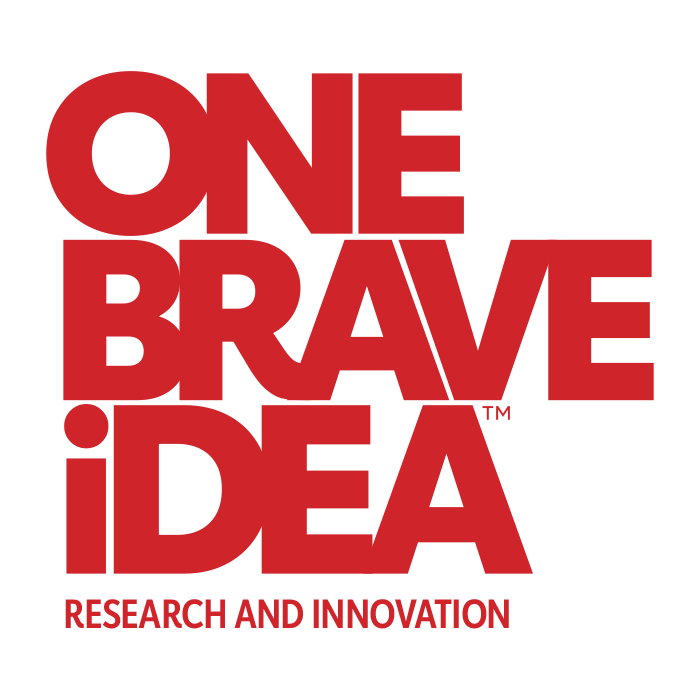Approach Overview
A phenotype is a measurable biological property or trait. Common examples of phenotypes include height, blood pressure, and blood profiles revealed by diagnostic tests. Phenotypes for CHD have remained largely unchanged for decades, despite our increasing understanding of the genes and biology that contribute to CHD. This limits our ability to make new scientific discoveries, classify individuals according to their CHD risk, and diagnose CHD in its early stages before someone has their first heart attack.
